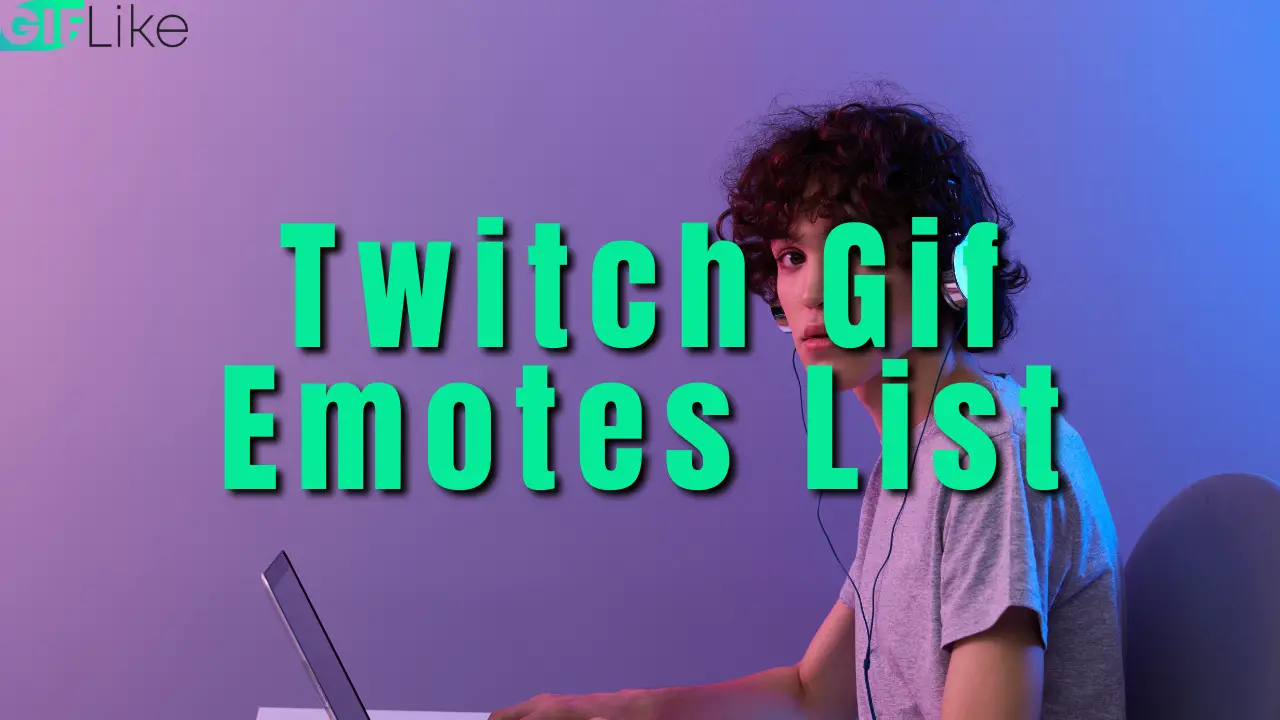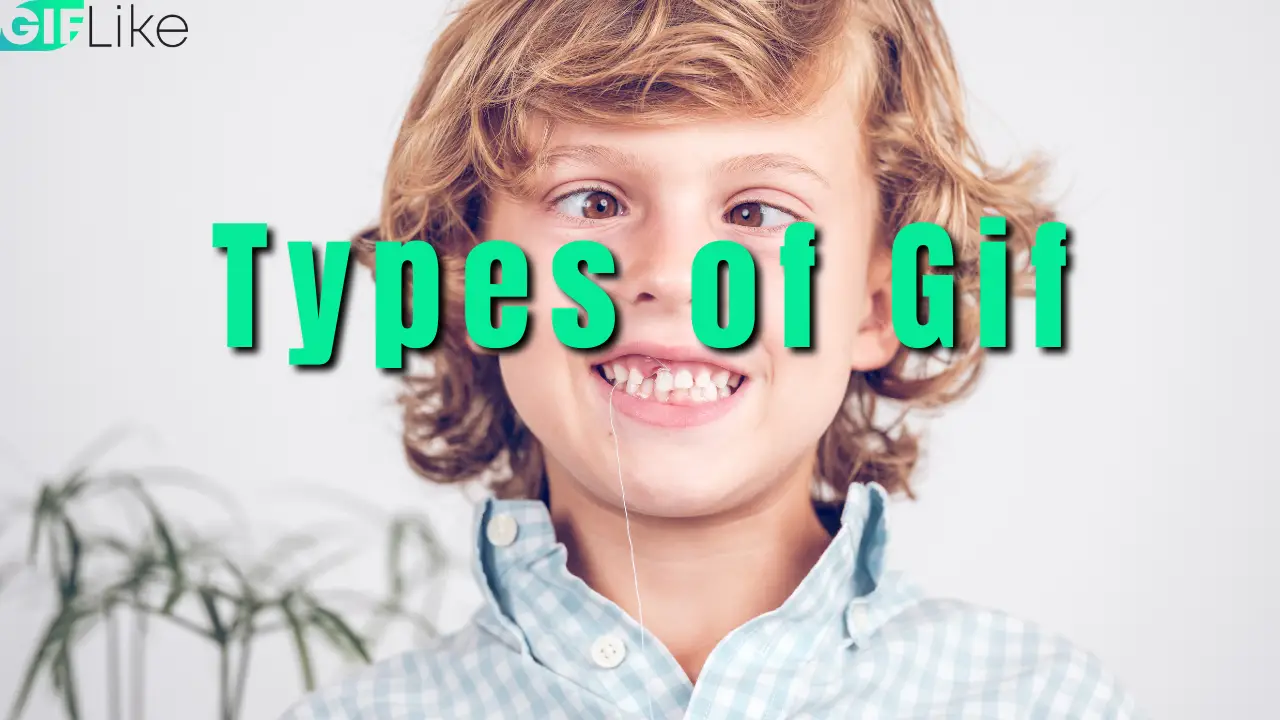I love this tool for creating amazing gifs on the fly. Check it out here
When uploading images to the internet, file size matters. This is especially true for graphics files like .gifs, which tend to be bulky. The smaller your .gif file size, the more images you can upload at once or the fewer times you need to resend that same file because it’s too big.
As most graphics editing software will tell you, .gifs are lossless compression files that offer no room for downsizing without affecting the finished product.
However, there are a few lossy compression techniques that can help reduce the size of your .gif files while retaining their visual impact. In this blog post, we’ll explore some of the best and most effective lossy gif compression techniques.
If you’re ready to learn how to make smaller .gif files with minimal image degradation, read on.

Lossy Gif Compression
The lossy compression of images refers to the degradation of an image’s quality when it’s converted into a smaller file format.
This means that if you want to shrink an image, you’ll need to sacrifice some visual fidelity in order to achieve a smaller file size. When it comes to GIFs, this means that their trademark visual style — the looping, interlaced animation — will be distorted.
This is because GIFs use only a single frame and discard information in order to achieve their small file size. When you’re choosing a lossy compression method for your GIFs, you need to strike a balance between file size and image quality.
A good rule of thumb is to compress your GIFs as much as possible without making your image look noticeably worse. If you’re compressing a GIF for a blog post or website, you might only need to compress it by a few percent to make it smaller.
On the other hand, if you’re compressing a GIF that you want to upload to social media, it’s best to err on the side of caution. You’ll want to compress your GIFs as much as possible without making them look blurry or pixelated.
Do Gifs Use Lossy Compression?
In short, no — GIFs don’t use lossy compression.
What GIFs do use is a very basic form of lossless compression that yields a significantly smaller file size without any loss of visual quality. This means that you’ll notice no difference between a losslessly compressed GIF and the original image.
The reason GIFs use such effective lossless compression is that they use only a single frame. GIFs are designed to loop, so they only need a single image frame to display a still image as a moving image.
This is why you’ve probably noticed that looping animations tend to be much smaller than still images — without any loss in visual fidelity.
Lossy Compression with Dxt
It’s designed to shrink your images as much as possible while retaining their visual quality.
If you’re compressing a photo that you want to post to social media, DXT is a good option. DXT works by converting your image into a series of colors, then rearranging the colors in a new pattern that uses fewer colors to achieve a smaller file size.
When you use DXT to compress a still image, you’ll notice minimal image degradation. You might see a bit of fuzziness around the edges or a slight change in hue, but your image will still be clearly visible.
Lossy Compression with Merging
Like DXT, image merging is a lossy compression technique.
The difference is that merging uses two or more images to create a single, larger image. With the right images, you can use merging to create a single, smaller file that looks no different than the larger files.
For example, you could use merging to shrink a header image that’s too large for a blog post. You could use the same image to create smaller thumbnails on your social media posts.
By merging these smaller images into your larger header image, you could create a single, combined image that uses less disk space without any noticeable visual difference.
Conclusion
When it comes to GIFs, file size matters. This is especially true for graphics files like .gifs, which tend to be bulky. The smaller your .gif file size, the more images you can upload at once — or the fewer times you need to resend that same file because it’s too big.
When it comes to GIF compression, there are two things to keep in mind: When it comes to GIFs, you’ll want to balance these two factors to find the sweet spot between file size and visual quality.
A good rule of thumb is to compress your GIFs as much as possible without making them look noticeably worse. If you’re compressing a GIF for a blog post or website, you might only need to compress it by a few percent to make it smaller.
On the other hand, if you’re compressing a GIF that you want to upload to social media, it’s best to err on the side of caution.







